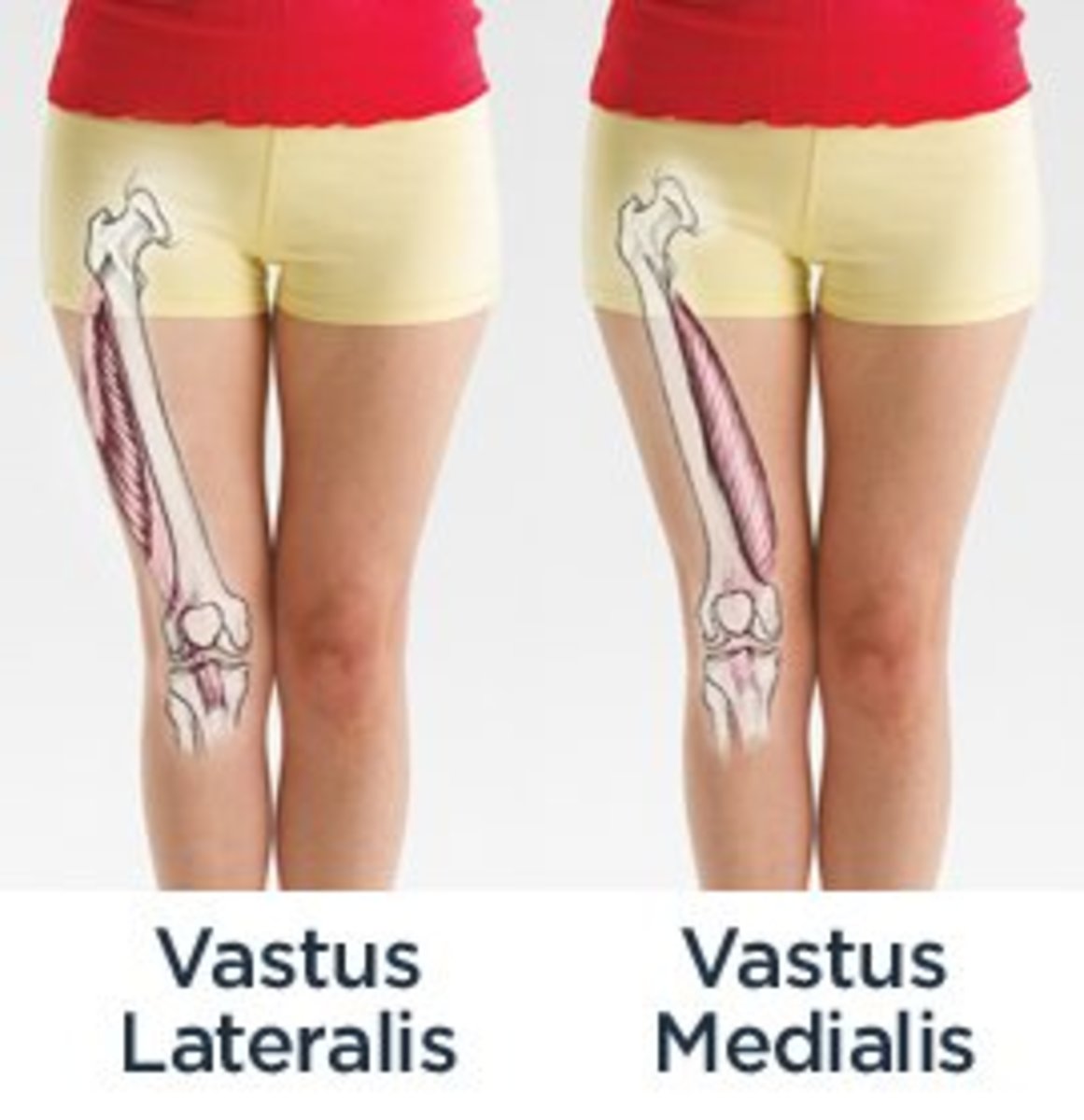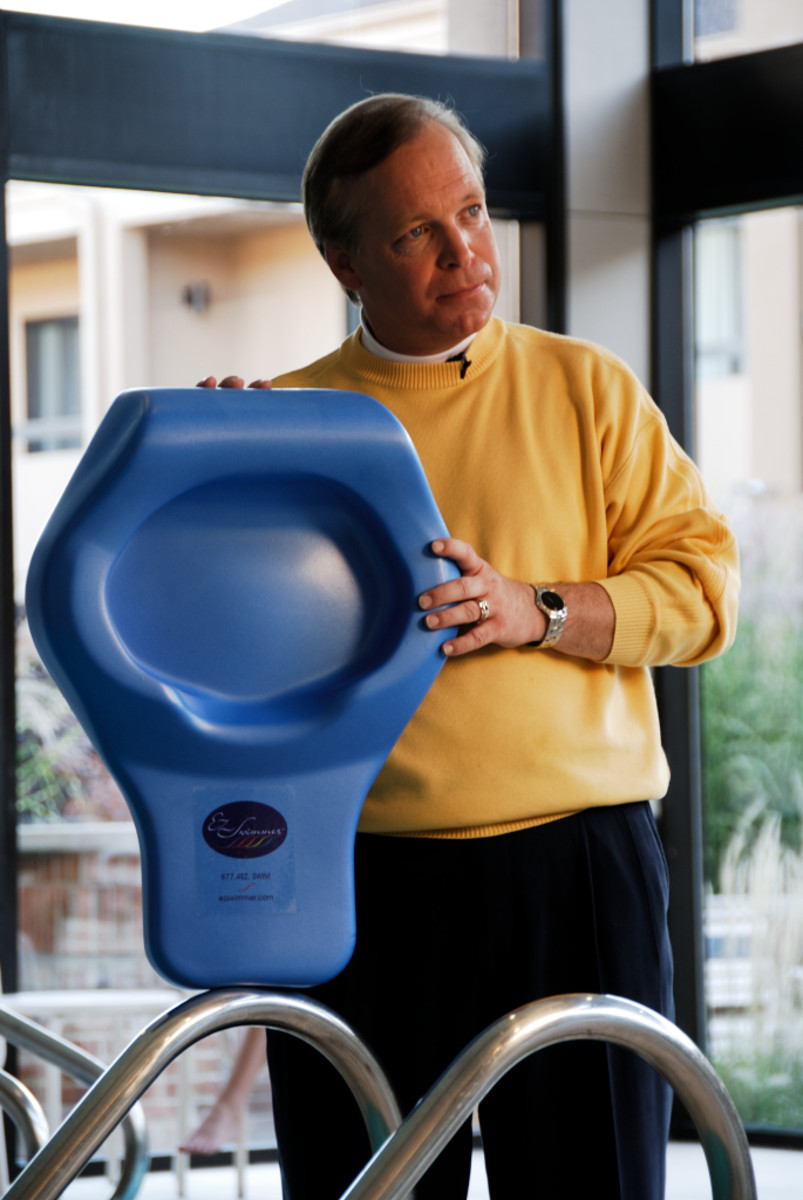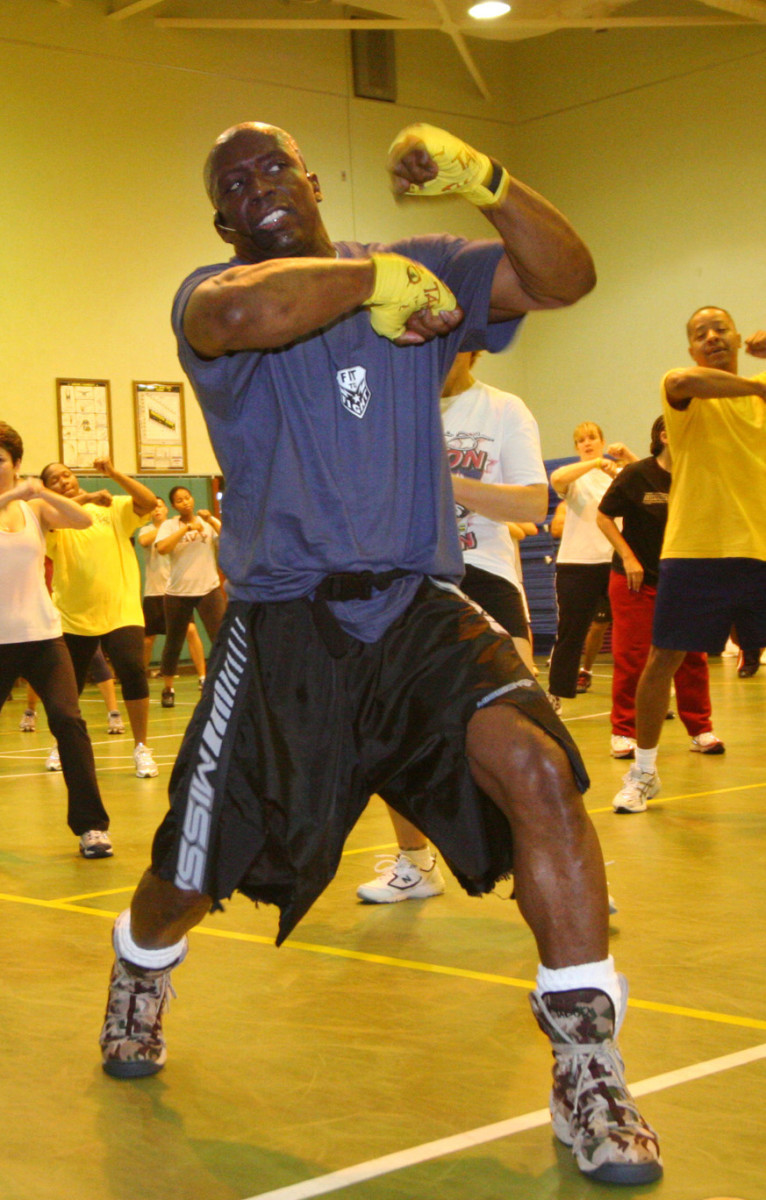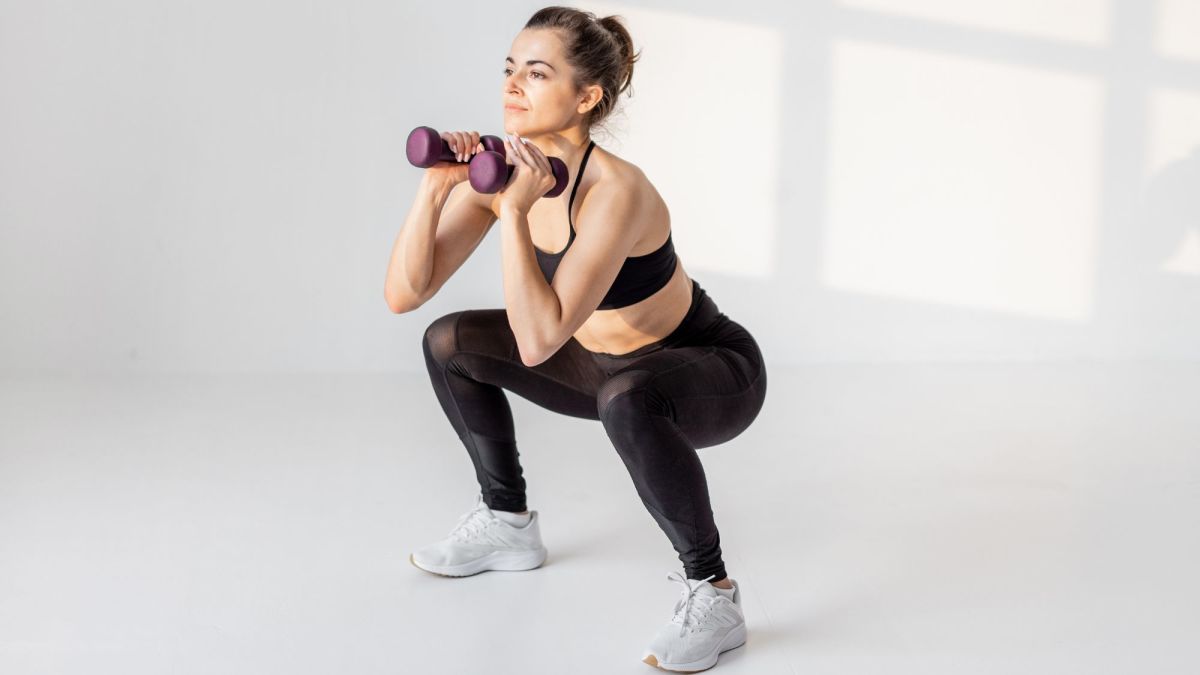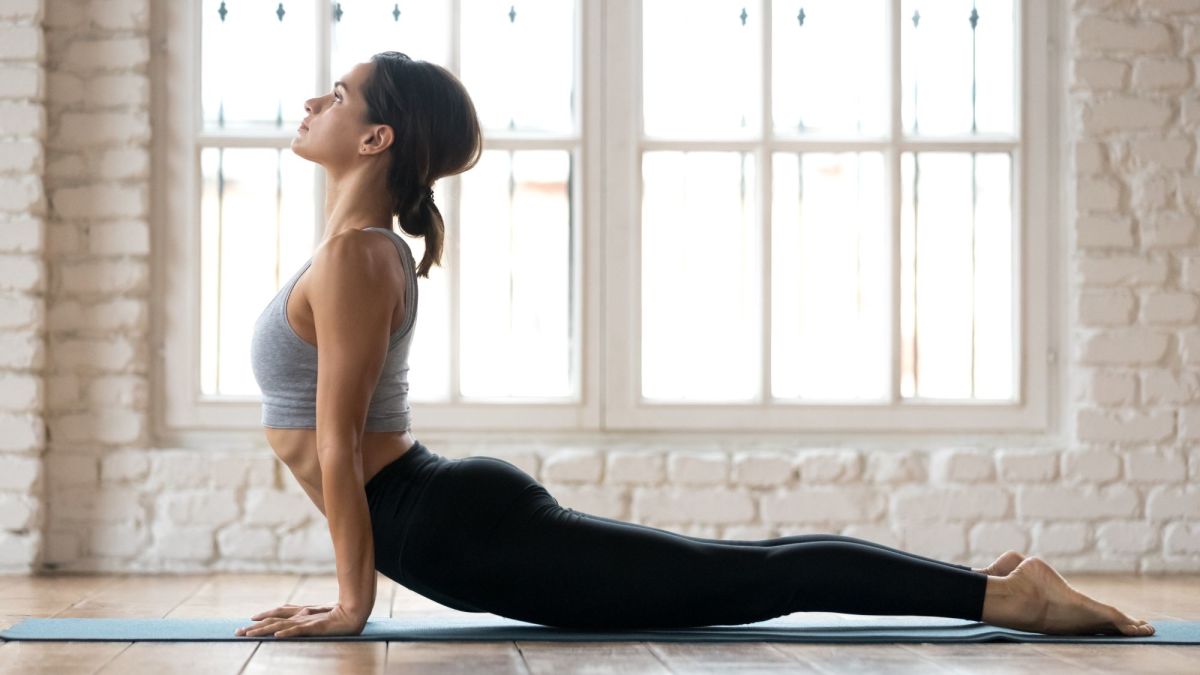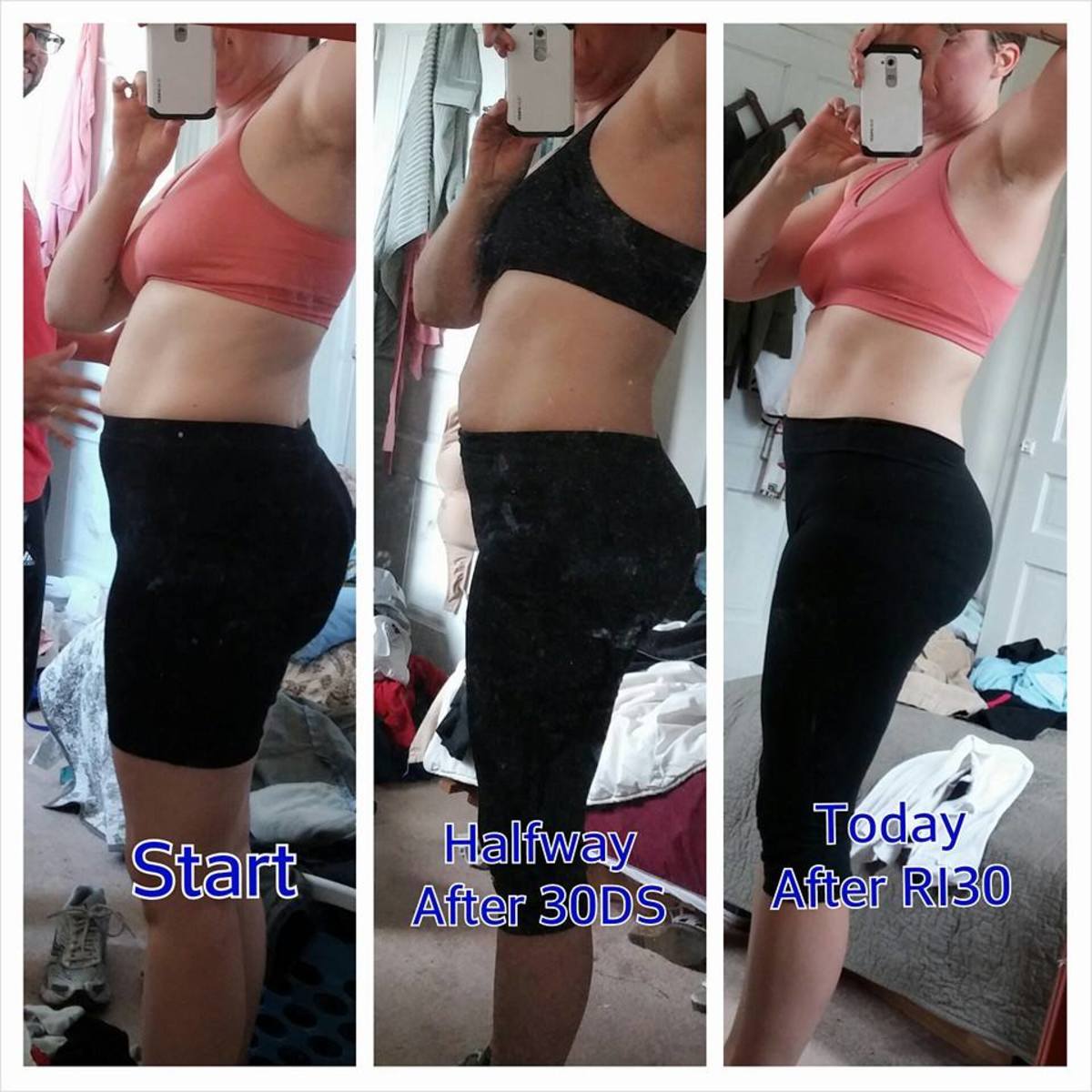Which Comes First, Cardio or Weights?: Top Ten Takeaways from Reading the Book

Just finished reading the 2011 book Which Comes First, Cardio or Weights? by Alex Hutchinson which is an excellent review of the latest research findings on exercise and fitness and wanted to share my top ten takeaways. The book is written in a question and answer format and I wholeheartedly recommend it to anyone interested in learning more about exercise and fitness. Alex does a good job debunking some "tried and true" exercise maxims with actual research results. It makes an excellent reference book for your home library.
10)
Static stretching, where you stay posed in a position and stretch an individual muscle such as a hamstring, actually reduces strength, power, and speed when performed before exercise. Dynamic stretching, where you loosen and warm the muscles with movement is preferred because it doesn't decrease strength, power, speed, or endurance.
9)
Studies have failed to confirm that stretching reduces injury.
8)
You can preserve your fitness level for about 2 weeks without training before significant losses occur. However, a couple of short, hard workouts each week can preserve your fitness level for longer periods. This is good to know when you are traveling or just bogged down with other demands.
7)
Peak physical performance occurs for most people in the later afternoon or early evening, around 6pm, when body temperature is the highest.
6)
Toning muscles with light weights doesn't accomplish much if you're lifting less than 40-50% of your one-rep maximum.
5)
Sitting all day at work can adversely affect your health, even if you regularly work at the gym. So be sure to take regular walk breaks from your desk during the day if you have a job that requires you to sit for long hours.
4)
Amazingly, side stitches are still not fully understood. The latest research suggests they may be the results of friction between layers of membrane lining the abdominal cavity. To prevent them from occurring be sure to maintain good posture during your cardio workouts.
3)
Losing weight through exercise alone is very challenging. For best results, a combination of calorie restriction and exercise works best. Cutting food intake or increasing exercise by the same number of calories produces the same amount of weight loss. However, exercise also provides added benefits with regards to improved blood pressure and cholesterol levels. As usual, it always comes back to calories in vs calories expended.
2)
Lactic acid is commonly blamed for the burning sensation you feel in your muscles when you push them to the limits of performance. However, lactic acid isn't a metabolic waste product that makes your muscles burn. It's actually converted to useful fuel (ATP and glucose) that provides energy to your muscles. Lactic acid levels of trained athletes don't rise as quickly as non-fit individuals during exercise because their bodies have been conditioned to utilize the lactic acid more quickly. And the burn you feel in your muscles during exercise, well researchers are still trying to determine the exact cause.
1)
This is the answer to the question posed by the book's title: which comes first, cardio or weights? Well, the answer depends on your goal. Your body is "set" early in the workout to build either strength or aerobic fitness during any given workout, but not both at the same time. So, the answer is to start your workout with the exercise you're focusing on that day. In other words, if you want to build strength, start with weight training and if you want to work on aerobic fitness begin with cardio.



